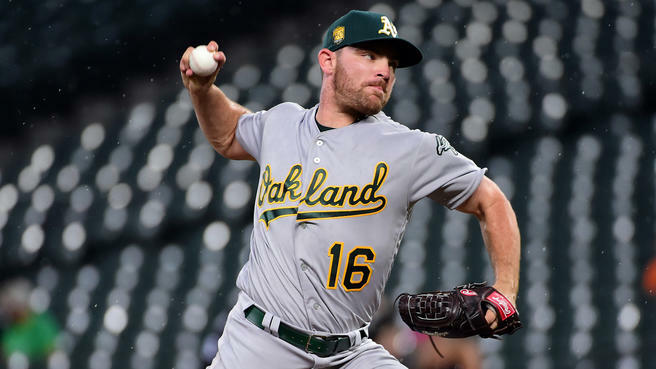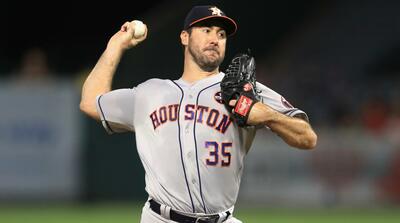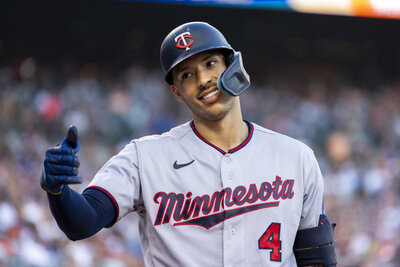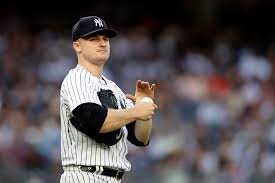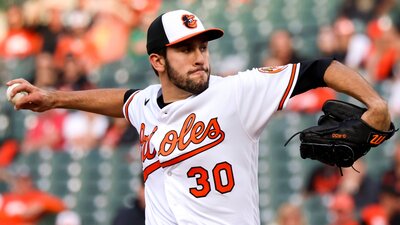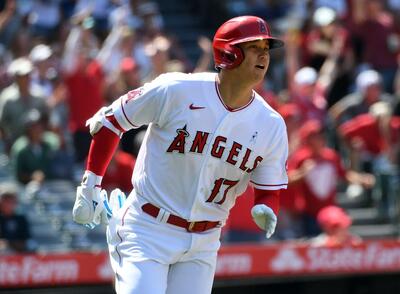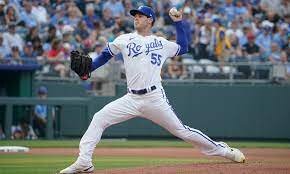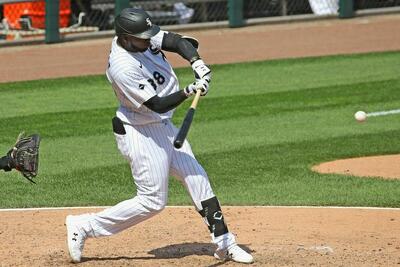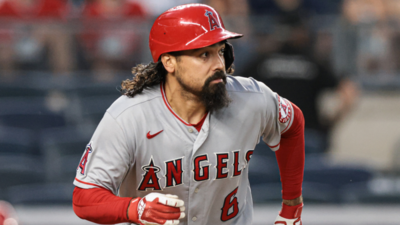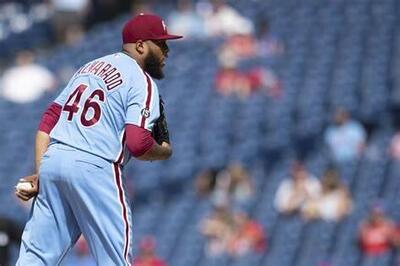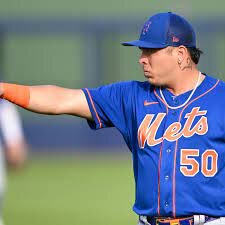In normal seasons, the column that typically gets written this week (leading up to July 31st) would be filled with hypothetical statements and advice about how to handle the various movement expected in the closer pool. The same is true about this column this year, but unfortunately, it's because the season kicked off just two days ago and not because the trade deadline is just 6 days away (although even that is only 38 days away).
So how should you treat the closer position in 2020?
Heading into the draft room (post COVID-19 delay), we saw significant inflation to the upper echelon of the closer pool. Below is a look at how the ADPs moved for our top-10 closers at Fantistics from drafts before March 13, 2020 and drafts after June 23, 2020

This increase in price was driven by several different factors and challenges that a 60-game regular season will present, including:
- Only six off-days means fewer opportunities for rest
- Shortened season means a shorter leash and a higher intolerance for rough stretches
- Risk of COVID-19 related absences
Obviously, the elite portion of the closer pool will still be susceptible to two of those three concerns, but the sprint mentality is likely going to be the biggest consideration of this group anyway and that's where the elite group's safety gives them a big advantage. But the drafts are over and we're into the regular season, so how do you approach managing a bullpen in 2020? The answer may sound like something you see from me all the time, but the basis remains true today.
Target the skills, not the role...but with some urgency
So yes, when you missed out on the elite tier of closers in your draft and you're left scraping for whatever saves you can get, it always makes sense to grab the player who has the best overall skills versus a player that may be slightly closer to the role, albeit lesser skills. After all, the cream always rises to the top, right? Right!? The problem with a 60-game season is that there's less time for the rise to occur. Managers, while will have a shorter leash on their closers, will also try their best not to rock the boat and maintain as much consistency as possible. That means managers will be less likely to experiment and more likely to stick with the traditional roles given the fewer number of rest days. That means that while it certainly makes a lot of sense to own the Met's Dellin Betances, it's quite possible he'll never actually get an opportunity to supplant closer Edwin Diaz. Don't misunderstand, it's still a smart strategy to be active on the waiver wire, but there's probably less of an opportunity to movement in this season than in a normal season. That doesn't mean these heavy reliever targets won't fit in on your roster - quite the opposite in fact - it just means they may not necessarily return saves despite helping the ratios and strikeout categories.
The condensed schedule could also lead to more situations where openers are used rather than traditional starting pitchers, meaning fewer regular starts to go around in the fantasy baseball landscape. That opens the door to more flexibility and innovative approaches to the pitching staffs in fantasy league, so expect to see a heavier focus on the bullpen as a whole, rather than just closers, in future closer reports this season.
Once the first week of games are in the books, we'll hit the various situations that still have moving parts because it's going to be important to act swiftly, particularly in formats that still have weekly FAAB. Until then, here are a few visual representations from our Draft Advisory Program for how we project the relief pitcher pool playing out in 2020. Full interactive tables can be viewed by subscribers to the In-Season Manager. Sign up here!

